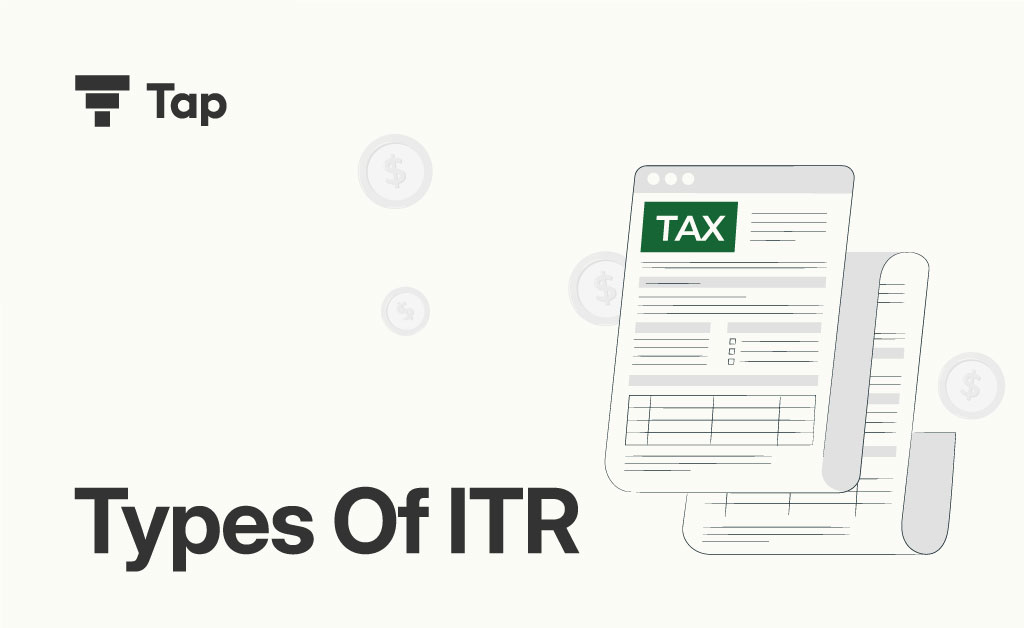A Complete Guide to ITR Forms in India: Know Which One to File

Filing income tax returns (ITR) is an essential responsibility of taxpayers in India. The Income Tax Department has specified different types of ITR forms based on the nature of income and the category of taxpayers. Understanding which form to use is crucial for accurate and compliant filing. This article delves into the various ITR forms, helping you choose the right one for your financial situation.
Types of ITR Forms
ITR-1 (Sahaj)
Who Should File:
- Resident individuals
- Total income up to ₹50 lakhs
- Salary income, one house properties, and agricultural income up to ₹5,000
Who Should Not File:
- Individuals with income exceeding ₹50 lakhs
- Those with capital gains
- Individuals owning more than one house property
ITR-2
Who Should File:
- Individuals and Hindu Undivided Families (HUFs)
- No income from business or profession
- Capital gains, salary income, multiple house properties, foreign assets, and agricultural income above ₹5,000
Who Should Not File:
- Individuals with business or professional income
ITR-3
Who Should File:
- Individuals and HUFs
- Income from proprietary business or profession
Who Should Not File:
- Those without business or professional income
ITR-4 (Sugam)
Who Should File:
- Individuals, HUFs, and firms (excluding LLPs)
- Total income up to ₹50 lakhs
- Presumptive income from business or profession
Who Should Not File:
- Individuals with income exceeding ₹50 lakhs
- Those who want to declare actual business income instead of presumptive income
ITR-5
Who Should File:
- Partnership firms, LLPs, Association of Persons (AOPs), Body of Individuals (BOIs), and other entities.
Who Should Not File:
- Individuals and HUFs
ITR-6
Who Should File:
- All companies (except charities)
- For-profit companies (excluding Section 11 exemptions)
- Businesses (except religious/charitable)
Who Should Not File:
- Companies claiming exemptions under Section 11
ITR-7
Who Should File:
- Persons and companies required to file returns under Sections 139(4A), 139(4B), 139(4C), or 139(4D)
- Trusts, political parties, institutions, etc.
Who Should Not File:
- Regular taxpayers not falling under these sections
Importance of Choosing the Right ITR Form:
The correct ITR form is crucial to ensure your tax return is processed accurately and on time. Using the wrong form can lead to processing delays, notices from the Income Tax Department, and even penalties.
Conclusion:
Knowing the multiple types of ITR forms is essential for compliant and efficient tax filing. To avoid complications, ensure you select the correct form with respect to your income sources and taxpayer category. For more details, consult a tax professional or refer to the Income Tax Department’s guidelines.
Ready to secure your financial future? Sign up on TapInvest now and start investing with us today!
FAQs On Types of ITR:
1. What are the types of ITR forms available?
There are seven ITR forms, each catering to different income sources and taxpayer categories.
2. Which ITR form should a salaried individual with multiple house properties use?
A salaried individual with multiple house properties should use ITR-2.
3. Can a business owner file ITR-1?
No, business owners should file ITR-3 or ITR-4, depending on their income and presumptive income criteria.
4. Which form is used by partnership firms?
Partnership firms should use ITR-5.
5. Is it necessary to consult a tax professional for filing an ITR?
While not mandatory, consulting a tax professional can help ensure accurate and compliant filing, especially for complex income sources.
